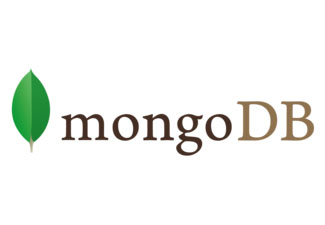
In this tutorial, we will show you how to install MongoDB on Ubuntu 14.04. For those of you who didn’t know, MongoDB is a NoSQL document-oriented database. Refers to a database with a data model other than the tabular format used in relational databases such as MySQL, PostgreSQL, and Microsoft SQL. MongoDB features include full index support, replication, and high availability, and auto-sharding. It is cross-platform and it makes the process of data integration faster and much easier. Since it is free and open-source, MongoDB is used by a number of websites and organizations.
This article assumes you have at least basic knowledge of Linux, know how to use the shell, and most importantly, you host your site on your own VPS. The installation is quite simple. I will show you the step-by-step installation of MongoDB on Ubuntu 14.04.
Prerequisites
- A server running one of the following operating systems: Ubuntu 14.04.
- It’s recommended that you use a fresh OS install to prevent any potential issues.
- SSH access to the server (or just open Terminal if you’re on a desktop).
- A
non-root sudo useror access to theroot user. We recommend acting as anon-root sudo user, however, as you can harm your system if you’re not careful when acting as the root.
Install MongoDB on Ubuntu 14.04
Step 1. First, add the official MongoDB public key used by the package management system.
sudo apt-key adv --keyserver hkp://keyserver.ubuntu.com:80 --recv 7F0CEB10 echo 'deb http://downloads-distro.mongodb.org/repo/ubuntu-upstart dist 10gen' | sudo tee /etc/apt/sources.list.d/mongodb.list
Step 2. Install MongoDB packages.
sudo apt-get update sudo apt-get install -y mongodb-org
If you want to install any specific version of MongoDB, define the version number like below:
apt-get install mongodb-org=2.6.0 mongodb-org-server=2.6.0 mongodb-org-shell=2.6.0 mongodb-org-mongos=2.6.0 mongodb-org-tools=2.6.0
MongoDB daemon should be enabled to start on boot:
service mongod start chkconfig mongod on
The main configuration file is located in the /etc directory on your Linux VPS as mongod.conf. To edit it, you can use your favorite text editor.
nano /etc/mongod.conf
Step 3. Verifying MongoDB database.
Connect MongoDB using the command line and execute some test commands for checking proper working.
#mongo MongoDB shell version: 2.6.7 connecting to: test Welcome to the MongoDB shell.
A good way to start using MongoDB on your Ubuntu system is to read the MongoDB manual on the official website.
https://docs.mongodb.org/manual/
Congratulations! You have successfully installed MongoDB. Thanks for using this tutorial for installing MongoDB in the Ubuntu 14.04 system. For additional help or useful information, we recommend you check the official MongoDB website.